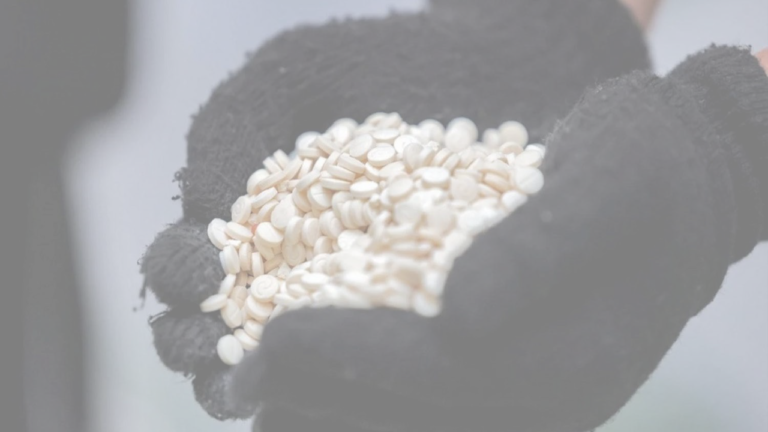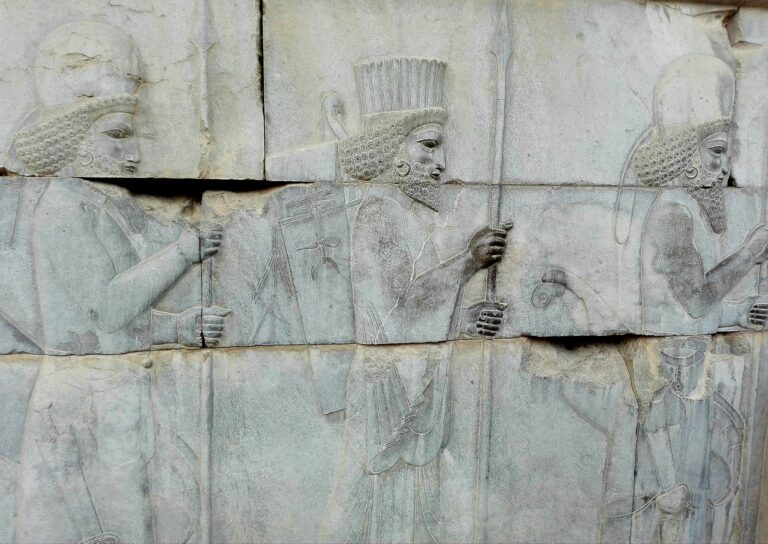Ukraine’s recent successful offensive in the Kursk region has not only marked a significant military achievement but has also reshaped the geopolitical dynamics of the conflict with Russia. This advance challenges Russia’s perceived superiority, exposes vulnerabilities in its military preparedness, and raises questions about its leadership. The offensive may also accelerate diplomatic negotiations, test Russia’s nuclear deterrence, and increase security concerns for the EU. Meanwhile, international responses, particularly from the United States and China, will play a crucial role in shaping the future trajectory of the conflict, with potential economic and political implications worldwide.
Ukraine and Russia dynamics
In a surprising and ambitious attack, Ukraine managed to breach and capture hundreds of miles of Russian territory located within its Kursk region. The offensive was hailed as one of the most significant ‘incursions into Russia since the Second World War,’ marking a notable military achievement for Ukraine. Although Russia has issued a defensive, with the Kremlin sending in military forces, it appears that the Kursk region will continue to be a major battleground.
The offensive represents a major development, as it signified the strongest offensive from Ukraine, which managed to reportedly seize 70 villages, rail lines, and over 1,000 square kilometers (386 square miles) of Russian territory. Ultimately, the Ukrainian advancement challenged the widely accepted perception of Russia as the superior force. In addition, the plunge into its enemy’s territory contests the notion that prolonging the war works toward Russia’s advantage, as they have the military and spending power.
The maneuver appears to have impacted Russia domestically and internationally. On one hand, it has raised questions about the competence of Russia’s president, Vladimir Putin (Putin), and his key military leaders. The fact that Ukraine has managed to occupy so much Russian territory signifies a failure for the Kremlin, highlighting that its military has severely underestimated its adversary. Even if Russia eventually retaliates and manages to push Ukraine back across its borders, this offensive has sent a strong message to Ukraine and the West that Russia is not invincible. With vulnerabilities in Russia’s border security and military readiness now exposed, the long-term impact on the country’s population remains to be seen.
On the other hand, the offensive may force Putin to admit that Russia has engaged in an actual war with Ukraine. Ever since the start of the conflict, Putin has characterized it as a “special military operation” that requires a “counter-terrorist” response. However, Ukraine’s recent move and the fact that over 100,000 Russian civilians have been evacuated from the Kursk region may force him to alter his rhetoric and acknowledge that this is not a special military operation but an actual war.
Geopolitical implications
When looking at the current geopolitical implications, the conflict’s impact on both players since its onset in 2022 must be considered. Through economic, social, and political measures, such as sanctions, Russia has been isolated from the West, leading it to foster its alliances with China, Iran, and North Korea. In contrast, the West rallied for Ukraine, overwhelming it with military, financial, and humanitarian support, notably including the United States, the European Union (EU) member states, as well as Turkey, Taiwan, and India, among others. Ukraine has seen a boost in morale with its latest excursion into the Kursk region. This surge in optimism is likely to resonate with the country’s allies, potentially leading to increased military aid and diplomatic backing.
Importantly, Ukraine’s advancement in the conflict may accelerate diplomatic talks with Russia. If Ukraine manages to establish a strong foothold in the Kursk region, it may use the territorial gain as leverage in future peace negotiations and pressure Russia to participate more seriously in diplomatic talks, which have mostly proved fruitless thus far.
Ukraine’s advancement could also test Putin’s nuclear deterrence doctrine, which has not escalated to date. Since the start of the conflict, Putin has routinely made threats to use nuclear arms against Ukraine, primarily in response to the United States’ support of the country. Russian media outlets have also called for a ‘demonstration of nuclear explosion’ in addition to the recent tactical nuclear drills, which were held in May 2024. Russia’s potential use of nuclear weapons largely depends on Ukraine’s deployment of Western-supplied weapons, such as long-range missiles, on Russian soil—an approach recently endorsed by NATO and the United States. Consequently, the West’s reaction to Ukraine’s latest advances could play a critical role in determining whether this conflict escalates into a nuclear one. Notably, Ukraine has primarily relied on Western weapons in its offensive against Russia, and so far, the Kremlin has refrained from any significant escalation.
The threat of escalation may cause increased security concerns for the EU, resulting in increased military spending and border security measures. However, it is highly unlikely that the EU and NATO will reassess their strategy, as NATO has pledged long-term military support for Ukraine, notably promising up to USD 43 billion in aid, as well as an accelerated membership. Therefore, with NATO’s unrelenting support and Ukraine’s successful venture into the Kursk region, the EU can be expected to continue and potentially bolster its humanitarian and military aid to Ukraine.
The United States similarly offered unwavering support for Ukraine, providing USD billions in military assistance since the onset of the war while carefully avoiding a direct conflict with Russia. In the wake of Ukraine’s offensive into Russia, the Washington Post reported that the Pentagon inquired about the needs of the country’s military to ensure they maintain a strong foothold in Russian territory, although no promises have been made thus far. While the United States has installed certain prohibitions for Ukraine, such as the usage of its weapons on Russian soil, there have been reports of US mercenaries among Ukraine forces in Kursk, the usage of US-made artillery, such as glide bombs, in the offensive, and the presence of American journalists who are reportedly illegally entering Russia to report on the conflict. As such, the United States will need to carefully navigate the upcoming period in order not to antagonize Russia and provoke them enough to lead them to escalate the war while ensuring the Ukrainian forces are making advancements on the battleground.
Although the Ukrainian progressions into the Kursk region have caused heightened optimism regarding the potential end of the conflict, media outlets have expressed doubt about the continuation of the US aid to Ukraine, as the latest package of USD 61 billion has split the public. With Republicans rioting for bills that prioritize their country’s interests, as well as a rise in public opinion against the spending of USD billions per year to aid Ukraine, the looming presidential election may indicate a policy change. As stated by Ian Bremmer, a geopolitical analyst: “America continuing to send Ukraine [$]60 billion in support year after year [is] unrealistic no matter who wins the presidency.”
Even if Russia eventually retaliates and manages to push Ukraine back across its borders, this offensive has sent a strong message to Ukraine and the West that Russia is not invincible.
Thus, it can be argued that the United States is in a geopolitical stalemate, as increasing military aid may risk escalating the conflict to a new level, which the public may unfavorably perceive. However, limiting its support to Ukraine, which is heavily reliant on its weapons, may weaken the country and give Russia the leverage it needs to fortify its borders. Therefore, a progression in United States policy toward Ukraine will likely be seen after the presidential election in November.
Since the beginning of the conflict, China’s exact stance has been ambiguous, as it has both offered support to Russia and recognized Ukraine’s territorial integrity. Nevertheless, most of China’s rhetoric regarding the war can be qualified as pro-Russia, including the observation that it, unlike the West, did not isolate Russia and continued to engage with it economically. While China’s current position is largely driven by self-interest, it will likely continue to support Russia, albeit from a distance. On the other hand, if Ukraine continues to make further headways in the conflict, China may voice support for a ceasefire and lobby for diplomatic talks in order to safeguard its trading partner’s economic integrity. Russia is an important trade partner to China, with recent data revealing that trade volume reached USD 240 billion in 2023. However, beyond its economic importance, China has a strategic interest in keeping the Russian economy afloat, primarily to dilute the US power and influence globally. The alignment between China and Russia is partially spurred on by their joint distaste for US hegemony, and their bilateral cooperation enables China to demonstrate its status as the strongest force in the world. In addition, by keeping Russia’s economy strong, China is also showcasing its economic superiority and the ability to disrupt the widely accepted US rules-based global order.
The international reaction to Ukraine’s latest feat, especially the US response, may impact China’s policy toward a potential conflict with Taiwan. China is likely gauging US military and diplomatic support for Ukraine, as it may suggest its response in the case of a conflict with Taiwan. Although the United States has invested more military and diplomatic interest in Ukraine, it has also continued supporting Taiwan’s democratic system and resistance against China, notably sending over USD 600 million worth of weapons in 2023. It can be expected that the United States will assume a more important role and similarly involve itself in protecting Taiwan’s territorial integrity if China decides to invade. Therefore, a conflict with Taiwan will likely mean a conflict with the West for China, which is closely observing the events unfolding in Ukraine and strategizing its action plan.
Ukraine’s invasion of Russia’s Kursk region adds another layer of complexity to the already tense China-Taiwan situation. It provides both sides with new data points to consider in their strategic planning and potentially shifts the calculus of deterrence and potential conflict. However, the situations are not directly comparable due to significant geographical, political, and strategic differences between the Ukraine-Russia and China-Taiwan contexts.
Due to uncertainty about the conflict’s trajectory, global markets in the energy and commodities sectors will likely be impacted. The EU may see a disruption of gas supplies, as through its advancement into the Kursk region, Ukraine has taken full control of Sudzha, a strategic town through which natural gas from Siberia flows into Europe. While neither Russia nor Ukraine have expressed a desire to end gas transport to Europe, experts cannot rule out that relevant infrastructure will not be damaged due to fighting. However, the EU will continue to receive gas until December 2024, per the five-year deal struck between Russia and Ukraine in 2019. Since Ukraine has claimed that it will not renew nor extend the deal, it has yet to be determined how the EU will make up for its losses, as Hungary, Austria, Slovakia, and Italy are highly reliant on Russian oil via Ukraine.
Cover image credits: https://unsplash.com




